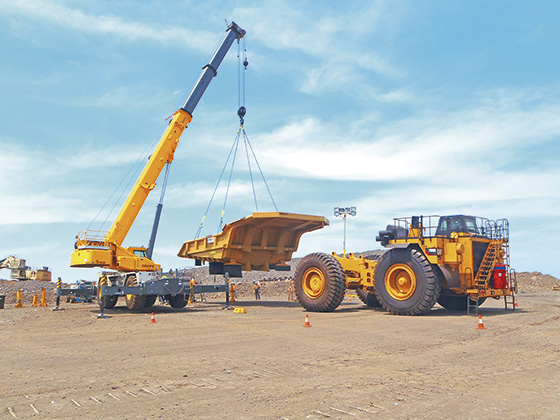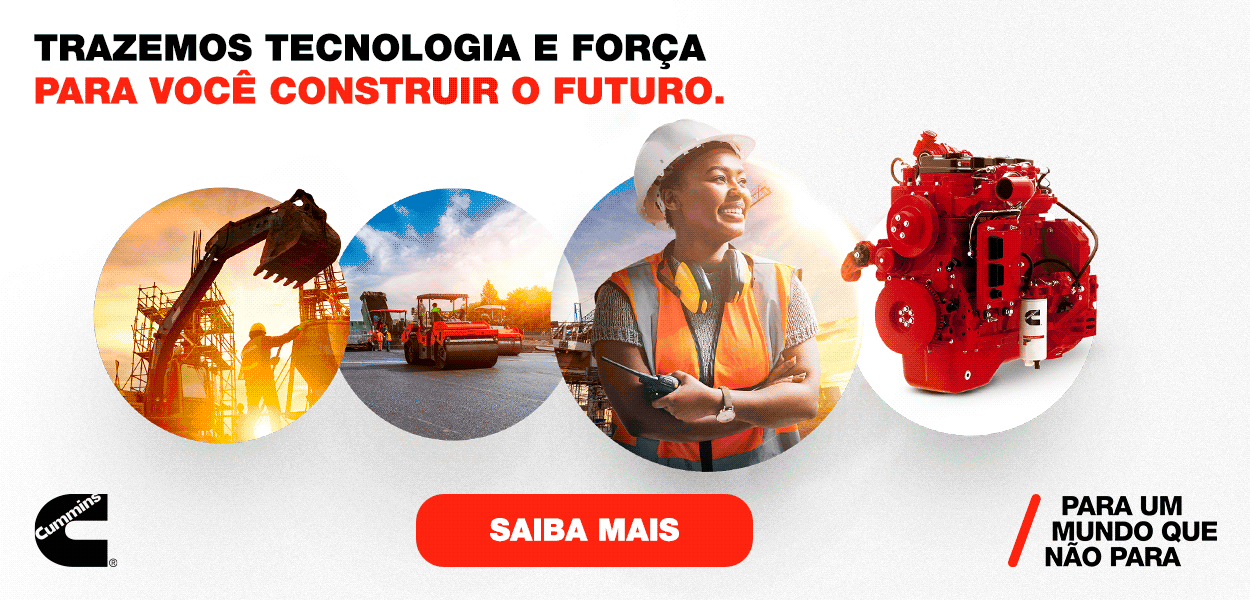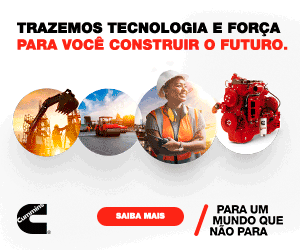Compatible solutions

Designed to operate in off-road conditions, Rough Terrain cranes ensure high productivity and mobility in infrastructure worksites
Rough Terrain (RT) cranes are machines especially designed to carry out lifting solutions in rough places, where the equipment mobility makes the difference. In Brazil, high-capacity models are standing out more and more for use in large works, an improvement caused by new technologies of safety and maneuverability.
According to some players of the industry, Brazilian market supplies RT models from 13.6 t to 145 t of capacity. Many manufacturers, however, offer RT models only in the range above 30 t, the highest demand in civil construction. In fact, Luciano Dias, sales vice-president of Manitowoc Brasil thinks that currently the highest demand is for models in the range from 35 to 60 t, sales leaders of the brand in the last three years.
The executive states that since 2014 a demand for equipment of 80 t is being increased. But this fact does not indicate that market prefers heavier models. “We have to consider several factors, including the access to Finame financing”, says him. “In the case of Manitowoc, the model of 80 t started to be produced in Brazil and therefore it may be bought using Finame. But we did not still confirm if these sales result from a preference by the model or because they are easier to buy.”
For Renê Porto, commercial director of Sany do Brasil, the preference of national market is for the models of 75 t, such as the SRC750, one of the highlights of the Chinese brand. According to him, this is due to a change in the profile of works, which would be demanding heavier equipment to lift large precast parts. In addition, the expert says that the high productive capacity and the mobility features of RT cranes ensure a perfect match with limited-space worksites.
With the same opinion, the sales and client support director of Tadano, Yasuaki Kishimoto, explains that during the last years the demand for cranes of higher productivity was fed by the increase of works in several areas, mainly power generation. “Works of large hydroelectric plants are in wild places and need off-road equipment for rough terrains without loss of mobility and with the productivity demanded for large projects”, says him. In the evaluation of Kishimoto, areas such as oil and gas, as well as sugar and alcohol and mining are also growing in the country, demanding cranes with higher capacity in their operations.
However, the expert agrees that equipment sales decreased more than equipment market during the last year, reaching a drop of 46.3 percent in relation to 2013, as also points the Sobratema Study of the Brazilian Market of Construction Equipment. Data will not be better in this year due to the expectation of low economic growth and to the reduction of Finame benefits.
Nevertheless, Porto states that Sany’s participation in the RT market is increasing, mainly due to rental companies and final clients of the sugar and alcohol industry. Other manufacturers such as Link-Belt Cranes and Terex are expecting a tough year because of the unstable economy but both point out that the market has a growing interest in high-capacity cranes, especially to be used in the works that are being carried out currently.

Av. Francisco Matarazzo, 404 Cj. 701/703 Água Branca - CEP 05001-000 São Paulo/SP
Telefone (11) 3662-4159
© Sobratema. A reprodução do conteúdo total ou parcial é autorizada, desde que citada a fonte. Política de privacidade














